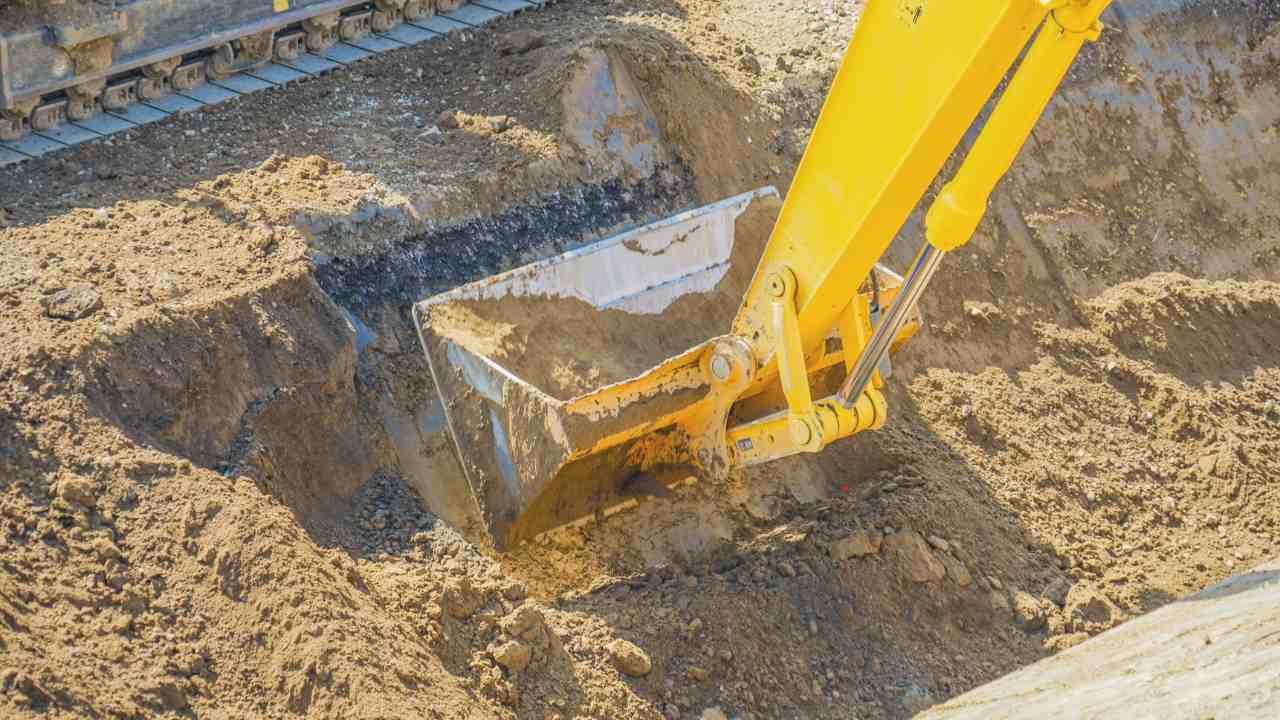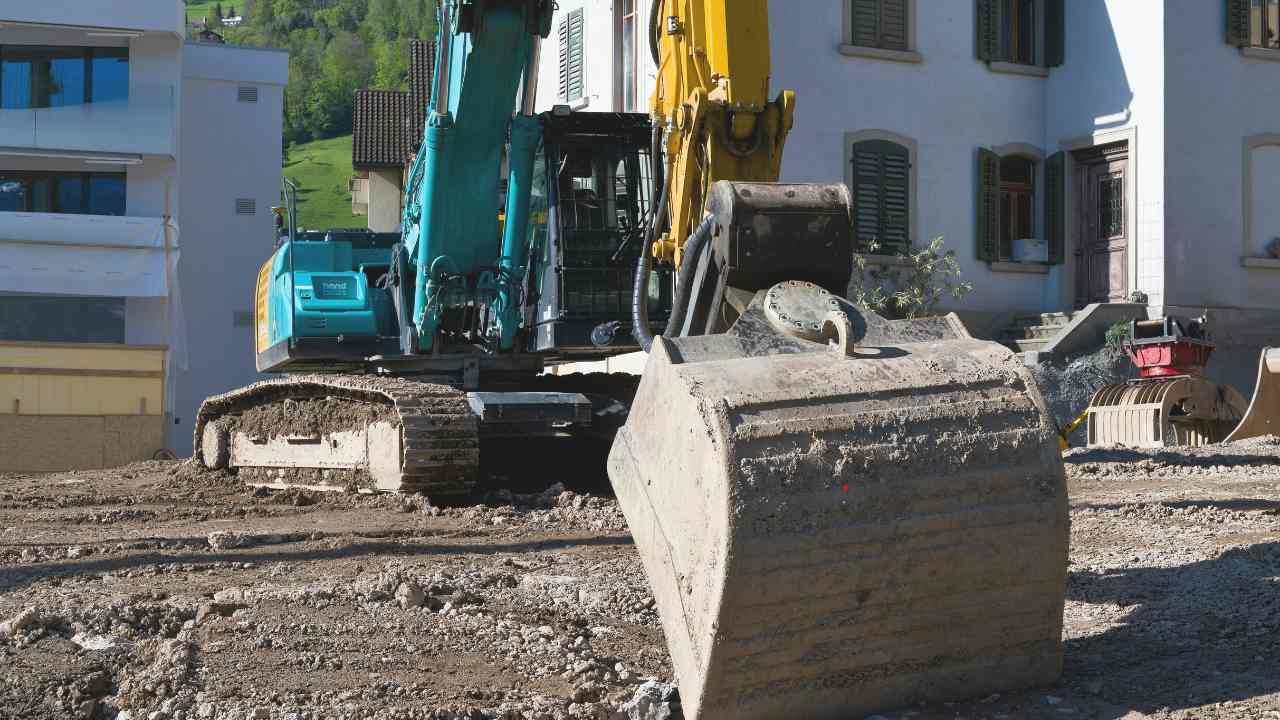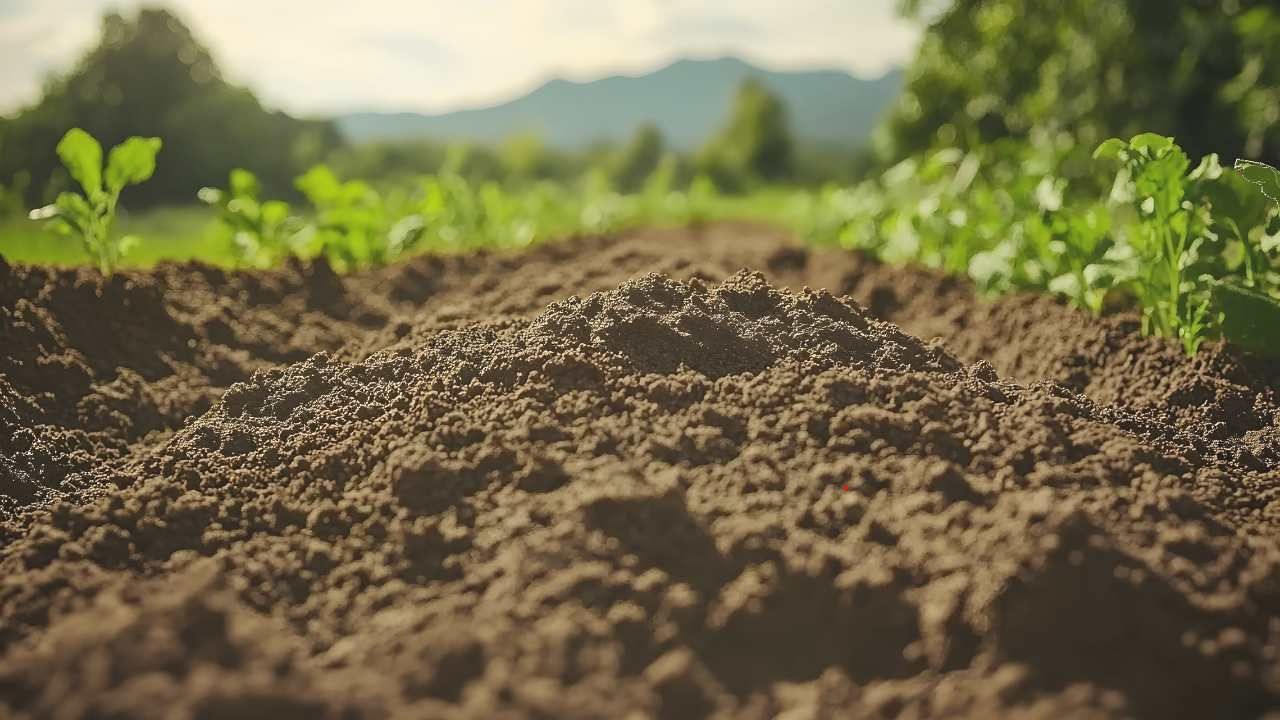Grading and Excavation for New Lawn Installation

Installing a new lawn is more than just laying down fresh sod or spreading grass seed. For the lawn to thrive, the groundwork has to be carefully prepared through grading and excavation. If you’ve been exploring landscaping in Spencer MA, you may have noticed that professional contractors emphasize these crucial first steps. Without proper preparation, your dream lawn could quickly turn into a patchy, uneven, and waterlogged disappointment.
Excavation companies like Groundscapes Inc. know that every successful lawn begins with careful evaluation of the soil and land. The process often starts with site clearing, which can include specialized land clearing services to remove stumps, brush, or old roots that would otherwise interfere with grass growth. Once the area is clear, grading and excavation set the stage for healthy, long-lasting turf.
Why Grading Matters
Grading is all about creating the right slope on your property. The ground needs to be shaped so water flows away from your home’s foundation instead of pooling near the walls or basement. A poorly graded yard can lead to erosion, water damage, and soggy patches that kill grass before it has the chance to take root.
A professional landscaper uses grading equipment to smooth out uneven spots and establish gentle slopes. This prevents future drainage problems while ensuring your new lawn has an even, polished look. It also helps keep maintenance manageable—no more awkward hills or dips where your mower gets stuck.
The Role of Excavation
Excavation goes hand in hand with grading, but it’s focused on removing the top layers of soil or debris to prepare the base for grass. For new lawn installations, this step ensures the ground is free of compacted soil, rubble, and other obstacles that block root systems from spreading.
In some cases, excavation involves digging deeper to add layers of nutrient-rich topsoil or to install underground irrigation systems. A well-excavated lawn allows water, air, and nutrients to reach grass roots more easily, resulting in thicker, greener growth.
Preparing the Soil
Once grading and excavation are complete, the soil itself needs attention. Professionals test the soil’s pH and nutrient content, then amend it with compost, sand, or fertilizers as needed. Loose, fertile soil is essential for seeds to germinate or sod to establish strong roots.
At this stage, many homeowners also consider integrating drainage solutions such as French drains, especially if the property has a history of standing water. By addressing these issues before installation, you avoid costly repairs down the road.
From Groundwork to Green
After the ground has been graded, excavated, and enriched, the final step is lawn installation. Whether you choose sod for instant results or grass seed for a more gradual transformation, the prepared foundation ensures healthy growth. Regular watering, mowing, and seasonal care will then keep your lawn looking lush for years to come.
Case Study: A Spencer Home Transformed
One homeowner in Spencer struggled for years with a backyard that turned into a swamp after every heavy rain. Grass refused to grow, and the area was unusable for family gatherings. A professional team was brought in to handle excavation, re-grade the property, and install new topsoil. Within weeks of seeding, the yard was unrecognizable—a level, vibrant green space perfect for outdoor living. Proper grading and excavation made all the difference in turning a problem area into a showpiece.
Final Thoughts
Grading and excavation may not be the flashiest parts of lawn installation, but they are the foundation of success. Cutting corners at this stage often means dealing with drainage issues, uneven growth, and costly fixes later. By investing in proper preparation, you set your lawn up for beauty and resilience.
Ready to take the first step toward your dream lawn?
Reach out to local professionals who understand how to prepare the ground the right way, so you can enjoy a healthy, lasting landscape.




